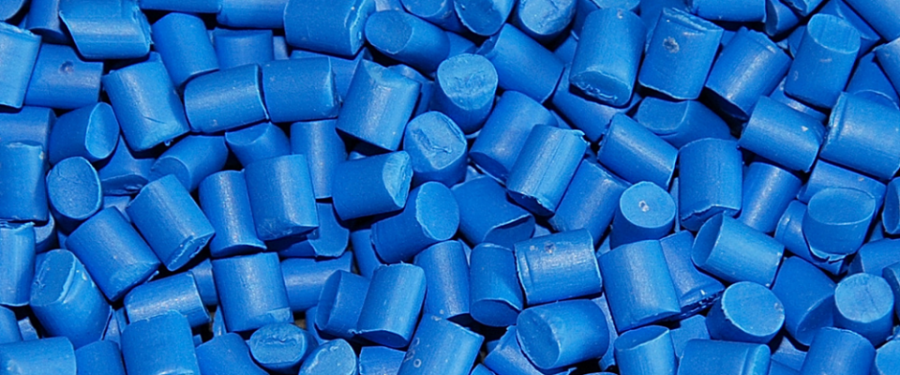Selecting the Right Material for Injection Molding Plastic Parts
By Enrico Steccanella
The myriad of plastic resins available makes material selection a daunting task even for the most skilled of engineers.
Unfortunately, there is no established process for material selection. It is very important that the final user, designer, mold maker, and molding company all work together from the beginning of the project. The goal is to determine the best resin choice that will perform in service, will allow for efficient production, and minimize the material cost.
Some of the information to consider when selecting a material is listed below:
- What are the requirements of the application?
- Mechanical: All mechanical loads must be carefully evaluated to determine which type of forces and solicitation the parts will face during service. Different materials perform in different ways depending on the type of load, some materials do better with impact others do better with static loads, sometimes adding fillers such as fiberglass can help a material that satisfies certain requirements but is weaker when exposed to high mechanical loads.
- Thermal: Many material properties such as impact strength, tensile strength, creep resistance, and fatigue vary with temperature. Consider the full range of temperatures to which the parts will be exposed throughout its life cycle (manufacturing, storage, transportation, service...)
- Chemical exposure: Different resins will show different behaviors when exposed to chemicals. During manufacturing and while in service plastic parts might be exposed to mold release agents, oils, degreasers, cleaning agents etc. Make sure to select the right material that will not break down due chemical exposure.
- Outdoor or UV exposure: Exposure to light radiation from the sun or artificial light sources can yellow or degrade many plastics. UV stabilizers might give the necessary protection through a painting process.
- Light Transmission (clear to opaque)
- Fatigue and creep
- Agency Requirements and Approvals: FDA, UL, RoHS, Reach, USDA , NSF etc...
- Requirements of decorations:
- Substrates for adhesives, paints, surface treatments
- Machinability
- Possibility of Adding inserts or other accessories
- Needs for secondary operations
- Define the economics: The cost in plastic parts can be particularly important. Total system costs must be considered including materials.
- Processing Considerations: Some materials are easier to process than others. Shrink rates are different for crystalline versus amorphous resins and can impact the ability to meet dimensional or geometrical specifications. Some parts might have a mold geometry that is particularly difficult to fill and require a material that flows better (higher melt flow index).
- Material availability: Exotic grades can have minimum order quantities that are way above the initial projected volumes, and lead times can be quite long if the materials are custom-made to order. Always choose a commercially readily available material grade when possible.
- Impact on the environment:
- Recyclability of the material
- Material manufacturing chain
- Life expectancy: Many functional parts will have to meet certain life-cycle expectations. Life expectancy requirements; are defined as time duration in a specific set of conditions, repetitions of an applied load, or repetitions of conditions that will impact the material choice.

